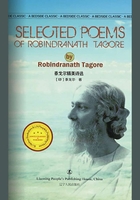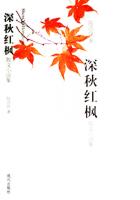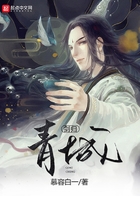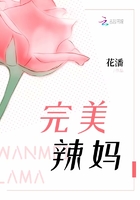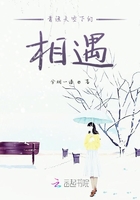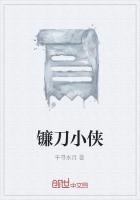让东西方艺术相遇
马祖毅
1990年4月,澳大利亚诗人保罗·卡瓦纳博士来中国讲学,经安徽大学马祖毅教授介绍,与画家汪涛会晤,读画谈诗,遂有中国画配澳大利亚诗之议。卡瓦纳先生选出了澳国当代43位诗人的51首诗歌,汪涛创作出51件绘画作品。
1992年澳大利亚驻上海总领事馆和澳大利亚驻华大使馆分别在上海、北京举办了汪涛创作的“澳诗/中画”展览。
澳诗人布鲁斯的反战诗《回国》,描述的是澳大利亚将士战死在越南战场上,其尸体被运送回国的情景。汪涛画出一轮淡月,临照着暗蓝的湖面,湖面十字浮桥上交叉停放着一口口黑色闪白的棺木,与远方湖岸墓地组成了充满画面的一个“又”字图案。在月光宁静的暗蓝灰的肃穆氛围中,画家既寄托了对充当炮灰将士“魂兮归来”的哀怜,又似乎警示人们:战争,是否又会再次出现?
汪涛紧接着又进行《新西兰诗/中国画》的艺术创作。艺术地再现了新西兰湖怀托莫洛洞里的灯影,马图基图基河谷里的波光,南岛荒山上的榛莽,北岛海湾的夕照,密提密提的雨夜,耶路撒冷的教堂,毛利会厅院子里的神鬼浮雕,婀娜多姿的少女茶舞……难得的是,汪涛画出了新西兰国土上的那种神秘的洪荒,赤裸的质朴和雄浑粗犷的情调,画出了新西兰诗歌的韵味和所表达的意境,使新西兰文化人拍案叫绝。
汪涛进行外国诗画创作的过程,分为入境、出境、创境三个阶段。
画家反复读诗,欣赏品味,不同国度诗作者的情感,消除时空的窒碍,将诗人的体验和感受变成自己的体验和感受,这是“入境”。在与诗作者进行感情交流后,画家有了创作激情和灵感,但诗与画毕竟是两种不同的艺术形式,画家不为诗中某些具体情节所囿,而去重新组合意象,独立构思,这便是“出境”。“创境”是一个形象思维过程,在挥笔泼墨时,画家既要胸中有诗,又要胸中无诗,发挥丰富的想象进行构思创作,以画的意境表现诗的情感。这样,观之是画,读之是诗,诗画之间就有了紧密的联系。通观汪涛的外国诗画作品,似乎总有一个不可名状的精灵在天地间不停地跃动、冲击、奋进。
英国作家吉卜林曾说:“东方是东方,西方是西方,两者永不相遇”。而汪涛终于让中西方的两种不同艺术走到一起握手了。
Foreword
The West Meets the East
Ma Zuyi
On his lecture tour in China in April 1990, Australian poet Paul Kavanagh had a meeting with Chinese painter Wang Tao, from which arose the idea of illustrating Australian poetry with Chinese painting. Kavanagh then selected 51 poems by 43 contemporary Australian poets, each illustrated with a painting made by Wang.
Two years later, the Australian consulate general in Shanghai and the Australian embassy in Beijing each held an exhibition entitled "Australian Poetry and Chinese Painting."
In his well-known poem "Homecoming," Bruce Dawe recounts how the bodies of Australian veterans were brought home "in deep freeze lockers" from the Vietnam battleground. Wang"s illustration vividly conveys the poet"s anti-war sentiments.
Wang then engaged himself in drawing illustrations for the New Zealand poetry. Both the beautiful and primitive scenery of the South Pacific nation and the peculiar charm of its poetry have been artistically reproduced under Wang"s painting brush.
By breaking the limits of time and space, Wang has made spiritual conversations with poets from different nations and thus acquired his passion and inspiration. As a Chinese saying goes, "There are pictures in poetry and poetry in pictures." On the basis of completely understanding the original, Wang has given free rein to his imagination, and created an artistic conception in his painting to reproduce the poetic sentiment.
Rudyard Kipling writes, "East is East, and West is West, and never the twain shall meet." However, owing to Wang"s efforts, the two different cultures and genres of art meet at last.

